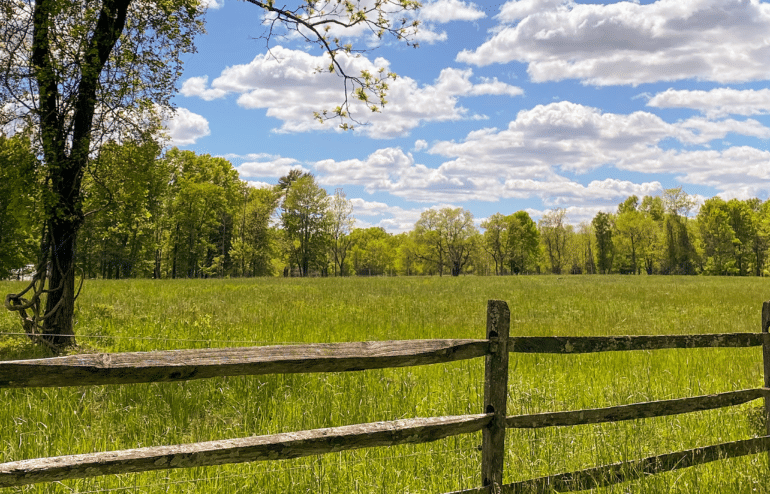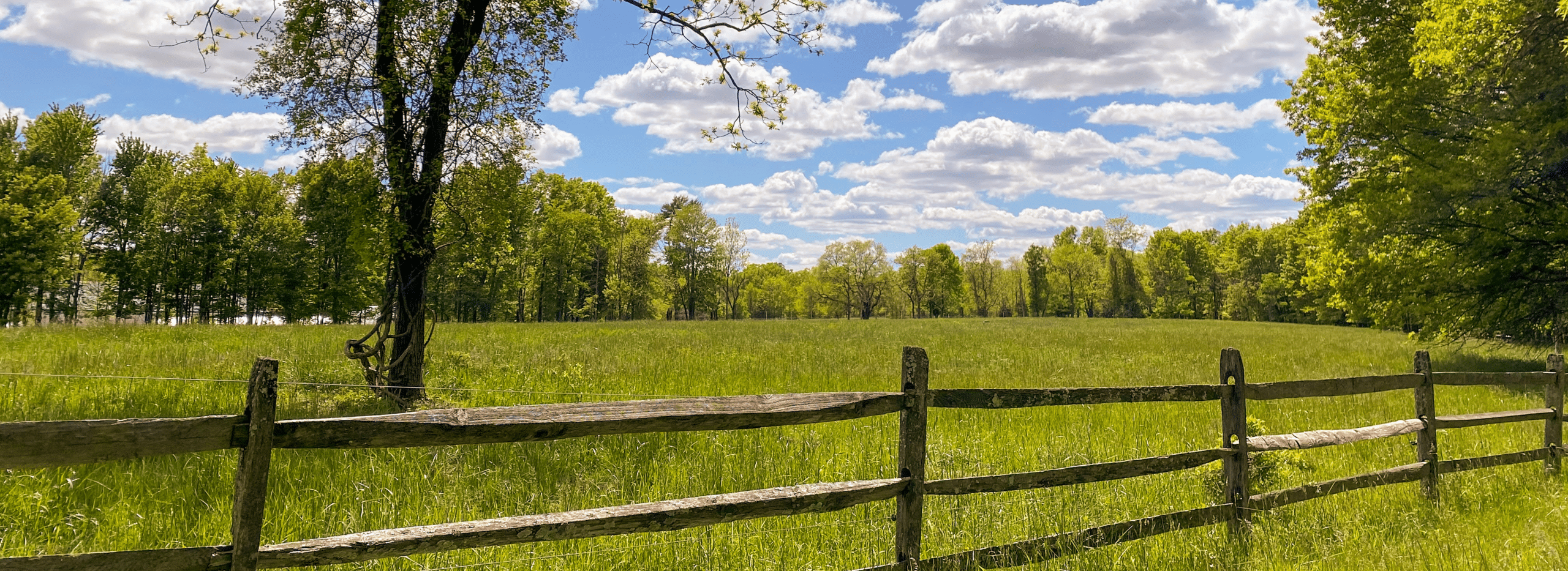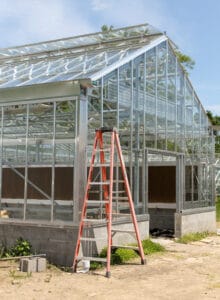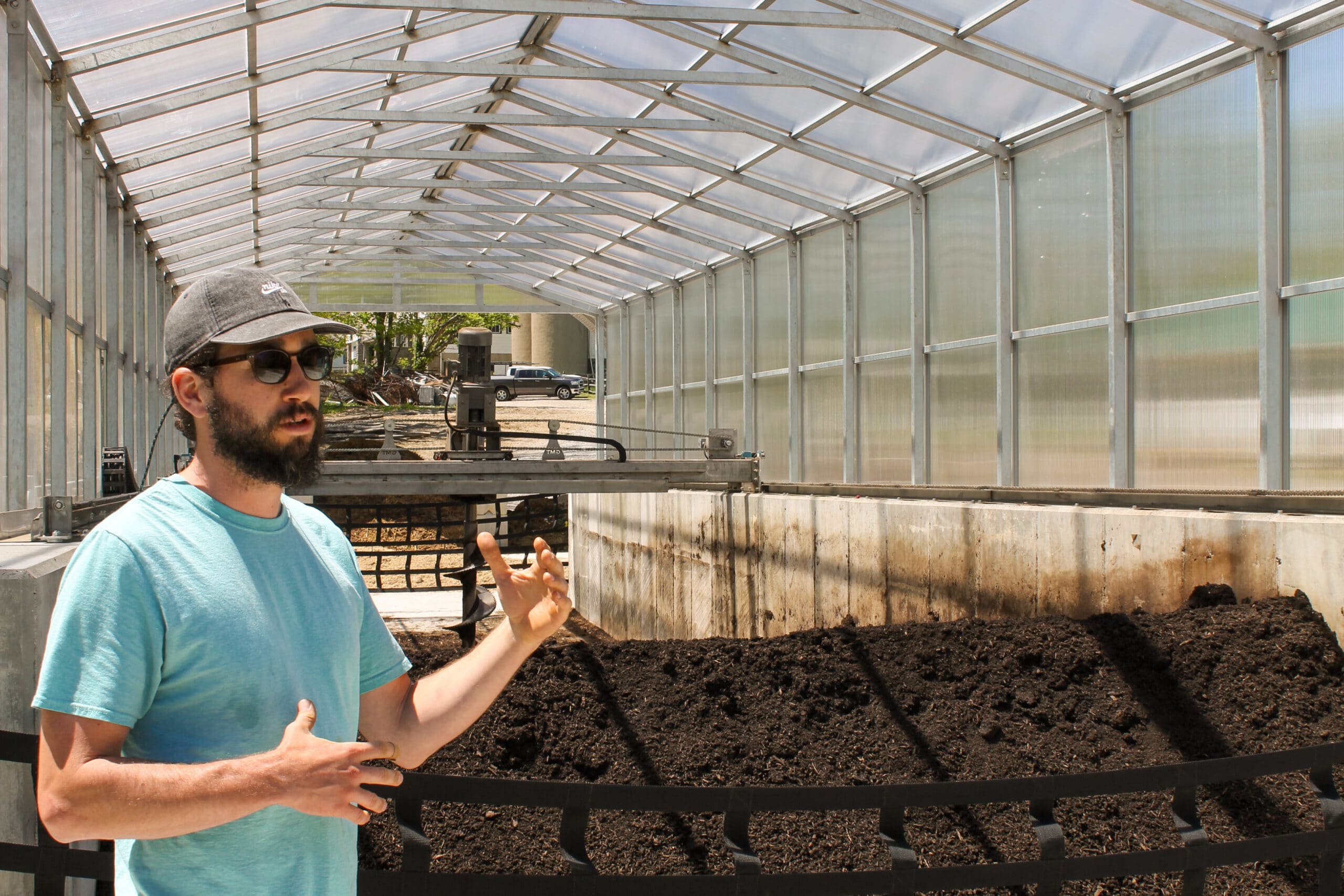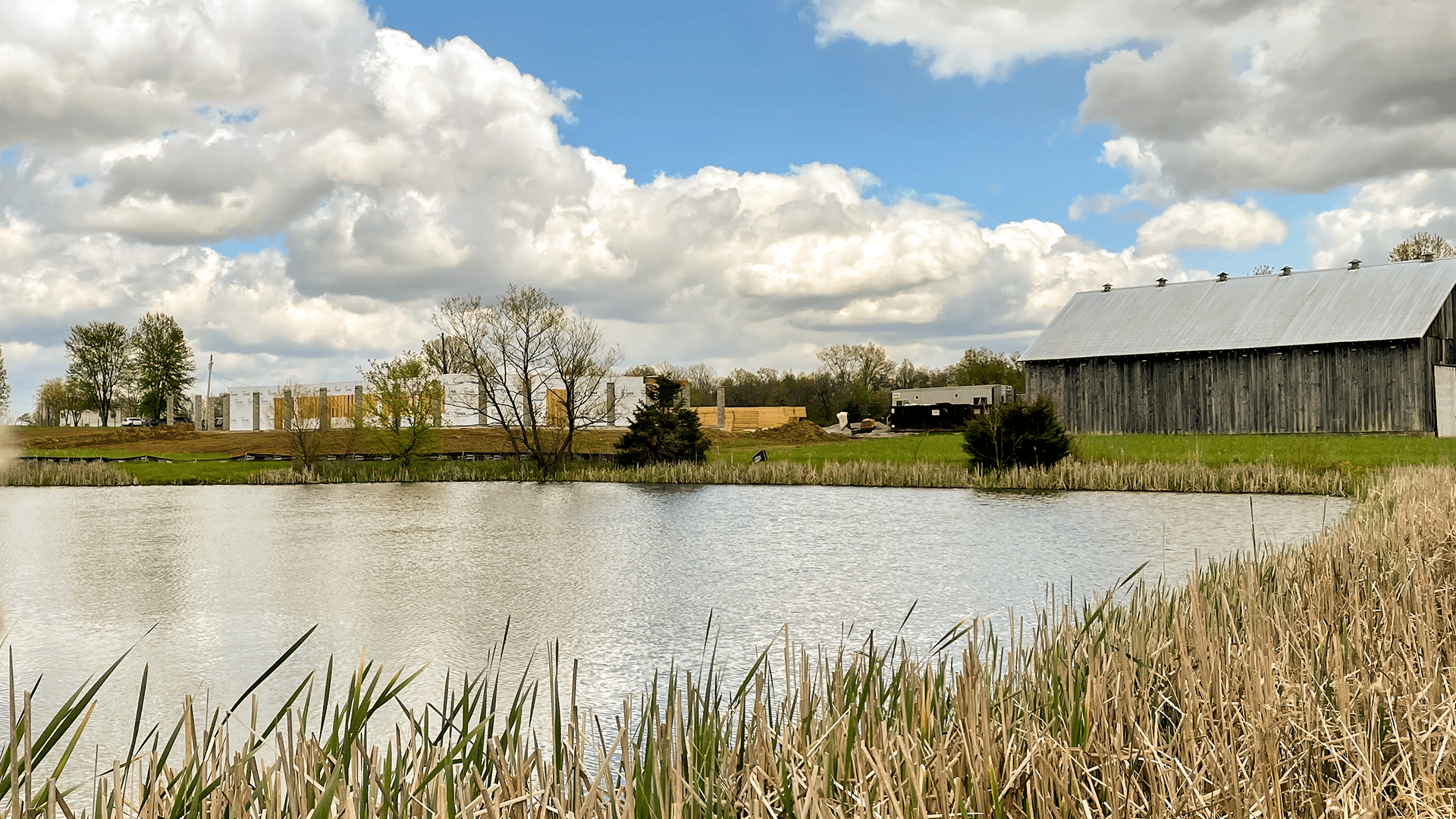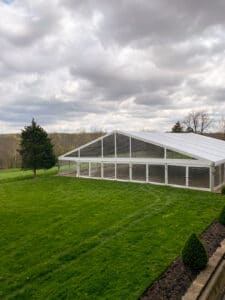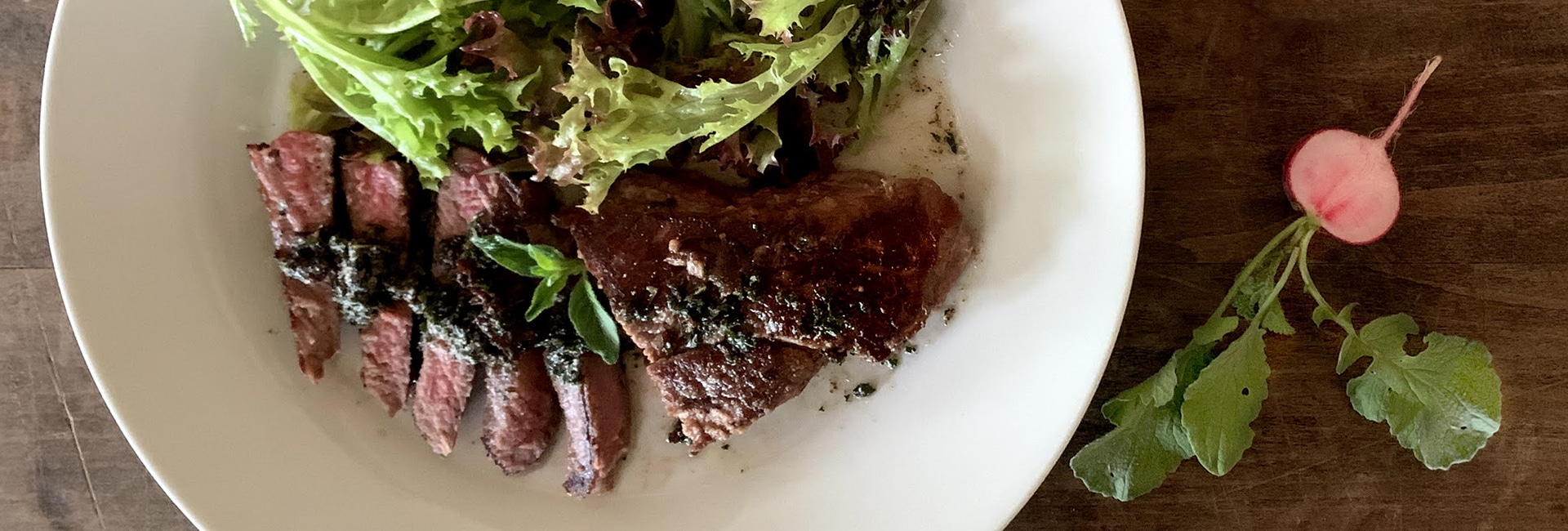
Sous Vide Sirloin Steak with Herb Butter
You’ve probably heard some hubbub about sous vide, and how perfectly it cooks steaks. If you haven’t tried it yet…it’s definitely worth exploring! It’s our preferred method of cooking grassfed steaks, ensuring perfectly cooked results every time. The meat is gently heated in a water bath at precisely the temperature you choose, which makes it impossible to overcook. We prefer our steak cooked to an internal temperature of 135º (medium-rare). The sous vide circulator itself can be an investment – ask around and see if your neighbor/coworker/friend has one you can borrow for your first try, and see for yourself why it’s widely been touted as the greatest way to cook any steak!
Ingredients
- 1 Sirloin Steak
- Salt and freshly ground black pepper, to taste
- 2 Tbsp canola or vegetable oil or any other high-heat compatible oil
- 3 Tbsp unsalted butter
- 1 Tbsp minced fresh rosemary
- 1 Tbsp minced fresh oregano
- 1 Tbsp minced fresh thyme
Instructions
To Sous Vide and Sear Steak:
- Fill a large, deep container with water. Set up your sous vide circulator and heat the water to 135º.
- Season thawed steak on both sides with salt and pepper. Seal steak in a heavyweight, watertight plastic bag, removing all air with a vacuum sealer or by the water displacement method: submerge all but one corner of an almost sealed zip-top bag in the water, and finish sealing the last corner after all the air escapes. You can also sous vide your steak without seasoning in its original, unopened vacuum sealed packaging, and add seasoning before searing.
- Completely submerge the sealed bag in the water bath, weighting if necessary. Allow to cook in the water bath at least 1 hour, but you can leave it in the water for up to 3 hours to work with the timing of the rest of your meal.
- Once steak is cooked, remove it from the water bath and discard the plastic bag. Pat dry with paper towels. The steak will look quite unappetizing and gray at this stage, but is perfectly cooked inside.
- To Sear: rub steak on all sides with 1Tbsp of oil, and heat remaining oil in a heavy skillet over high heat until just smoking. Sear steak for about 1 minute on each side, until a deep brown crust forms. Remove steak from the pan and allow to rest. Remove pan from the heat.
- Make the herb butter: Add butter and herbs to the empty skillet off-heat. The residual heat in the pan will be enough to brown the butter and activate the aromatics. Use a spoon or spatula to scrape any tasty browned bits from the bottom of the skillet. Serve steak drizzled with the herb butter.
- For the most thorough instructions on sous vide steaks, check out the Anova Sous Vide Steak Guide: https://anovaculinary.com/sous-vide-steak/
To Grill Steak:
- Allow steak to come to room temperature before grilling for maximum tenderness. Pat steak dry with paper towels, and rub on all sides with 1Tbsp vegetable oil. Season steak generously on both sides with salt and pepper.
- Preheat grill to high heat. Place steak on the grill and cook 4-5 minutes before turning and continuing to cook 3-4 minutes on the second side for medium rare (internal temperature of 135º).
- Remove steak from the grill and allow to rest. In a small skillet, heat butter over medium heat until beginning to brown. Add herbs and stir until butter is well browned and very aromatic. Serve steak drizzled with the herb butter.


